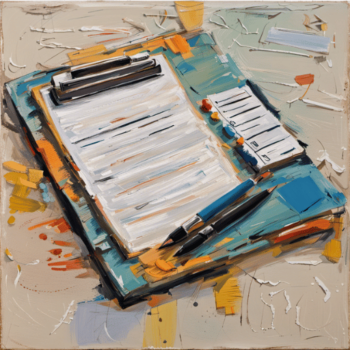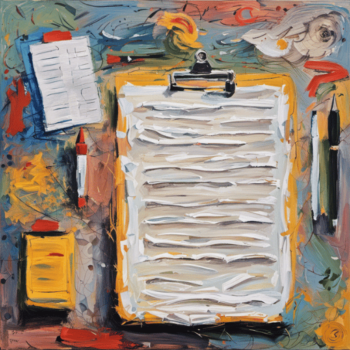Cinematographer SOPs
Creating Standard Operating Procedures for your Cinematographer work can be difficult and take time. That’s why we’ve created these example Cinematographer SOPs so you can jumpstart your SOP creation process. We want to help you set up your Arts/Entertainment systems and processes by taking these sample SOPs and building out your own SOPs template library. By having all your Arts/Entertainment procedures in one place, your team will have the information they need at all times. Let’s look at some Cinematographer SOP examples.
Cinematographer SOP Examples
1. Shot List Creation: The purpose of this SOP is to outline the process of creating a shot list for a film or video production. The shot list includes details such as camera angles, movements, and framing for each shot. The scope of this SOP includes pre-production and production stages. The cinematographer is responsible for creating the shot list in collaboration with the director and other key stakeholders. This SOP references the Script Analysis SOP to ensure alignment with the story and the Production Schedule SOP to coordinate shot sequencing.
2. Camera Setup and Operation: This SOP details the process of setting up and operating the camera equipment for a film or video shoot. It includes steps for assembling the camera, attaching lenses, adjusting settings, and ensuring proper functionality. The purpose of this SOP is to ensure consistent and high-quality footage. The scope of this SOP covers the production stage. The cinematographer is responsible for camera setup and operation, with support from camera assistants or operators. This SOP may reference the Camera Maintenance SOP for routine equipment care.
3. Lighting Design and Execution: The purpose of this SOP is to guide the cinematographer in designing and executing the lighting setup for a film or video production. It includes steps for analyzing the script, determining lighting requirements, selecting appropriate fixtures, and positioning lights. The scope of this SOP covers pre-production and production stages. The cinematographer is responsible for the lighting design and execution, collaborating with the gaffer and electricians. This SOP may reference the Electrical Safety SOP to ensure compliance with safety protocols.
4. Shot Composition and Framing: This SOP outlines the principles and techniques for achieving effective shot composition and framing in cinematography. It includes guidelines for balancing elements within the frame, creating visual interest, and conveying the desired mood or message. The purpose of this SOP is to ensure visually appealing and meaningful shots. The scope of this SOP covers the production stage. The cinematographer is responsible for shot composition and framing, working closely with the director and production designer. This SOP may reference the Storyboard Creation SOP for visual reference.
5. Camera Movement and Stabilization: This SOP provides instructions for utilizing camera movement and stabilization techniques to enhance storytelling and visual impact. It includes guidelines for handheld shots, dolly movements, crane shots, and the use of stabilizing equipment such as tripods or gimbals. The purpose of this SOP is to achieve smooth and intentional camera movements. The scope of this SOP covers the production stage. The cinematographer is responsible for camera movement and stabilization, coordinating with camera operators and grips. This SOP may reference the Equipment Rental SOP for acquiring specialized camera movement equipment.
6. Color Grading and Post-Production Workflow: This SOP outlines the process of color grading and the overall post-production workflow for a film or video project. It includes steps for adjusting color, contrast, and other visual elements to achieve the desired aesthetic. The purpose of this SOP is to ensure consistency and visual coherence throughout the final product. The scope of this SOP covers the post-production stage. The cinematographer may collaborate with the colorist or editor, depending on the project’s size and resources. This SOP may reference the Data Management SOP for organizing and transferring footage.
7. Safety and Risk Management: This SOP focuses on safety protocols and risk management measures specific to cinematography. It includes guidelines for handling equipment, working at heights, managing electrical connections, and ensuring a safe working environment for the crew. The purpose of this SOP is to prevent accidents, injuries, and damage to equipment. The scope of this SOP covers all stages of production. The cinematographer, along with the production manager or safety officer, is responsible for enforcing safety procedures. This SOP may reference the Location Scouting SOP for assessing potential hazards at shooting locations
Cinematographer SOP Templates
Looking for SOP templates for your Cinematographer work? We’ve got you covered. You can build out your company SOPs using the sample SOP information above (added to our template) or our team can put together a starter SOPs template based on your Cinematographer work. Get in touch if you’ve got questions about the quickest way to build out your Arts/Entertainment SOPs library.







